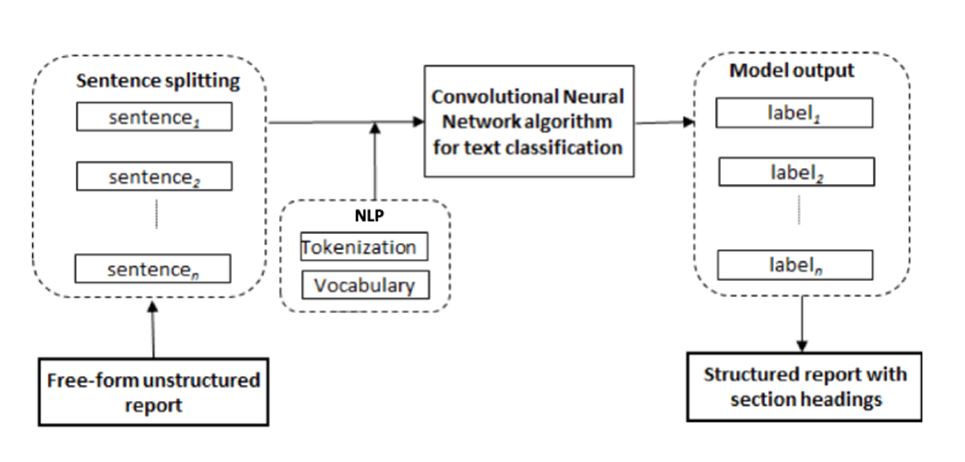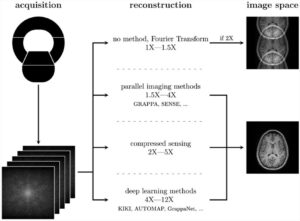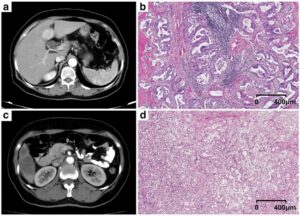We believe that the possibilities for artificial intelligence (AI) over the coming years will be limited only by our imagination. While there is a tremendous amount of warranted excitement for disease detection, characterization, and quantification with AI algorithms, less rousing but still valuable efforts can and should be made to improve operational efficiency and even reduce the growing problem of physician burnout. Case in point, our recent article on automated report structuring of CT pulmonary angiography reports. We found high accuracy of the algorithm in converting unstructured reports into semi-structured reports. While the merits of structured reporting can be debated, most literature shows that clinicians prefer more while radiologists prefer less rigid reporting. In addition, one of the features of our algorithm, while not specifically designed for this purpose, may have utility in identifying problematic statements, e.g. typos or dictation errors. We believe that applying these sorts of algorithms to daily practice will allow a smoother transition from a purely analog, free-form world into the increasingly data-driven future.
Key points
- An artificial intelligence-based algorithm can be used to label statements from unstructured radiology reports, helping facilitate conversion into structured reports.
- Many statements were difficult to classify by both the manual observers and the algorithm, highlighting the limitations of free-form reporting.
- Based on the prediction probability for each statement, the algorithm could have utility in identifying ambiguous or otherwise problematic language in reports.
Article: Deep learning to convert unstructured CT pulmonary angiography reports into structured reports
Authors: Adam Spandorfer, Cody Branch, Puneet Sharma, Pooyan Sahbaee, U. Joseph Schoepf, James G. Ravenel, John W. Nance













